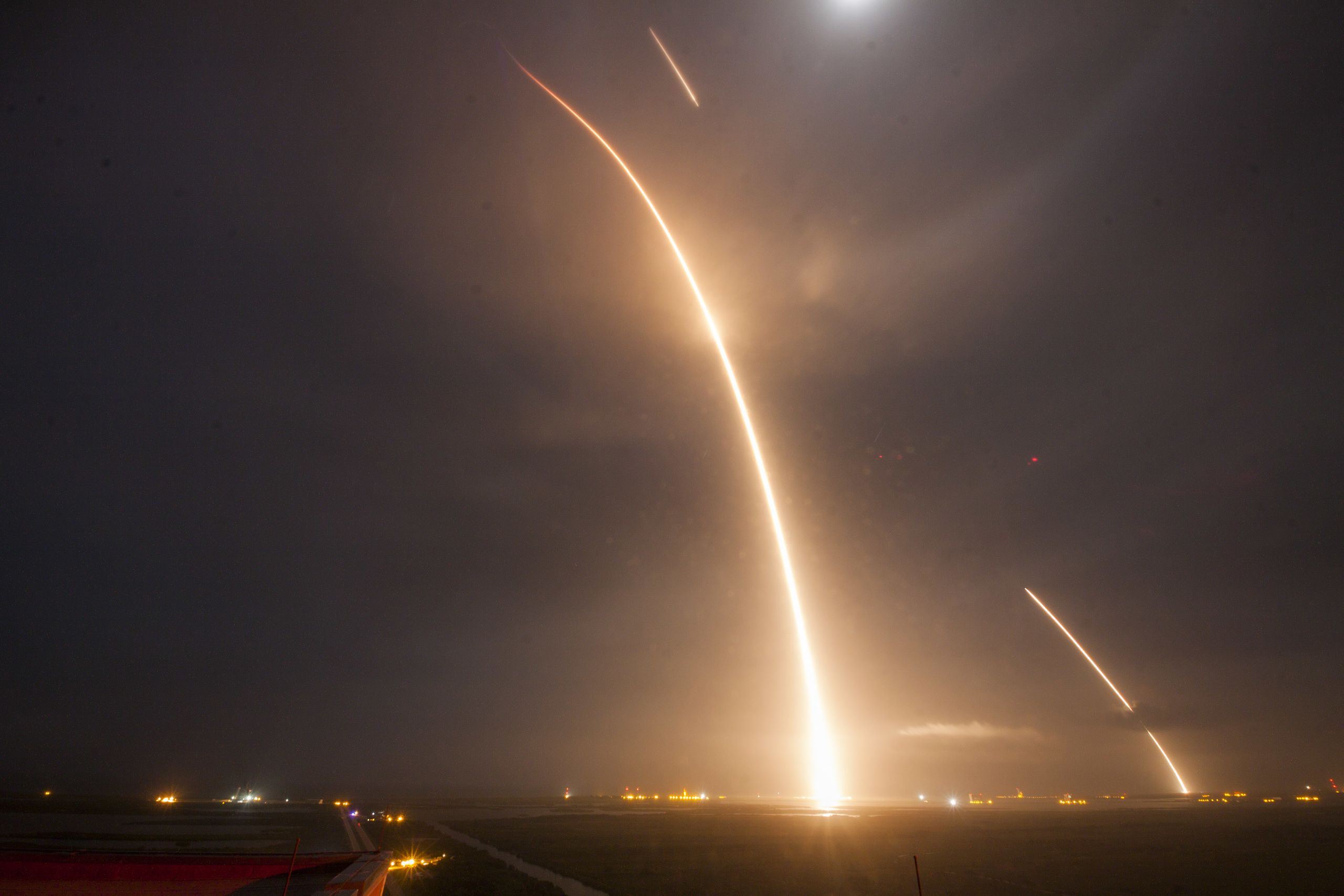
By Belen Andres
The number of well-funded launch providers continue to rise in lockstep with the increasing number of spacecraft being planned, built and launched. Launch is the first critical phase of the space mission. With the increasing number of launches, the importance of the ground segment to support such launches cannot be overstated. Redundancy, high accuracy/dynamic range, and capacity are key considerations for launch providers when they think about their overall ground network strategy for launch.
With no two line element (TLE) available on the launch vehicle during ascent, the ground station must be able to track with high accuracy and dynamic range. Information such as engine status, dynamic pressure, and other rocket performance metrics must be tracked in real time to safely guide the launch vehicle into orbit. This means that the type of ground station required for range services is significantly different than what is required for normal LEO operations. This situation has even greater demands on the ground systems by today’s launch providers while broadcasting multiple live video feeds for eager viewers of launch events. Additional performance metrics and live video streams ultimately lead to increased data bandwidth requirements.
Redundancy is another key feature of the range ground segment. You only get one shot at getting it right and you need to have the ability to fail-over in real-time if you have a subsystem fail. The primary tracking antennas must have all relevant redundancies for critical performance. The entire ground station network solution should have additional redundancies in the form of backup stations. By working with a global ground station network provider such as RBC Signals, not only does the customer get the benefit of built-in redundancies, there is also the opportunity to monetize the unused capacity of the antenna systems for other missions when not in use for launch.
In the coming months, overall range ground system market capacity must be increased. Demand-side growth is coming in the form of more and more challenging locations around the world (e.g. many near water), as well as an expected increase in human space launches means both a need for more stations and a need for systems that are extremely resilient and have necessary redundancies.
##
